Chemicals list & Research Gallery
CAS number: 643-20-9
Pyrrolizidine alkaloids are believed to function as self-defense metabolites, protecting plants against herbivores (due to the confirmed inhibitory effect of specific PAs on acetylcholinesterase activity), or defending bacteria against predators such as amoeba.

Structures of polyhydroxylated pyrrolizidines.
CAS number: 644-97-3
Dichlorophenylphosphine is a colorless to pale yellow, pungent, and corrosive liquid, commonly used as a reagent in organic synthesis, particularly for preparing phosphine ligands and other organophosphorus compounds.
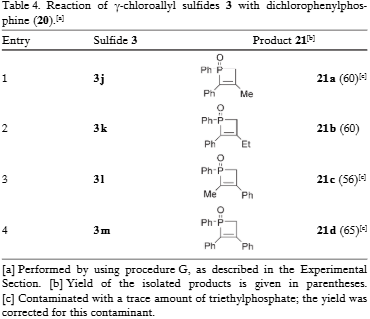
Reaction of γ-chloroallyl sulfides 3 with dichlorophenylphosphine (20)

The formation of phosphacyclobutene P-oxides 21 by the reaction of titanacyclobutenes 1 with dichlorophenylphosphine (20).
CAS number: 645-49-8
Cis-stilbene is the cis-isomer of stilbene.

Synthesis of model compound 7a by photolysis of the (E/Z)-stilbene 6.
CAS number: 64761-48-4
Hainanolide, also known as harringtonolide, is a natural product belonging to the class of cephalotane diterpenoids found in the genus Cephalotaxus. It is characterized by its complex, cage-like structure featuring a tropone ring, a fused tetracarbocyclic skeleton, a bridged lactone, and a tetrahydrofuran ring.
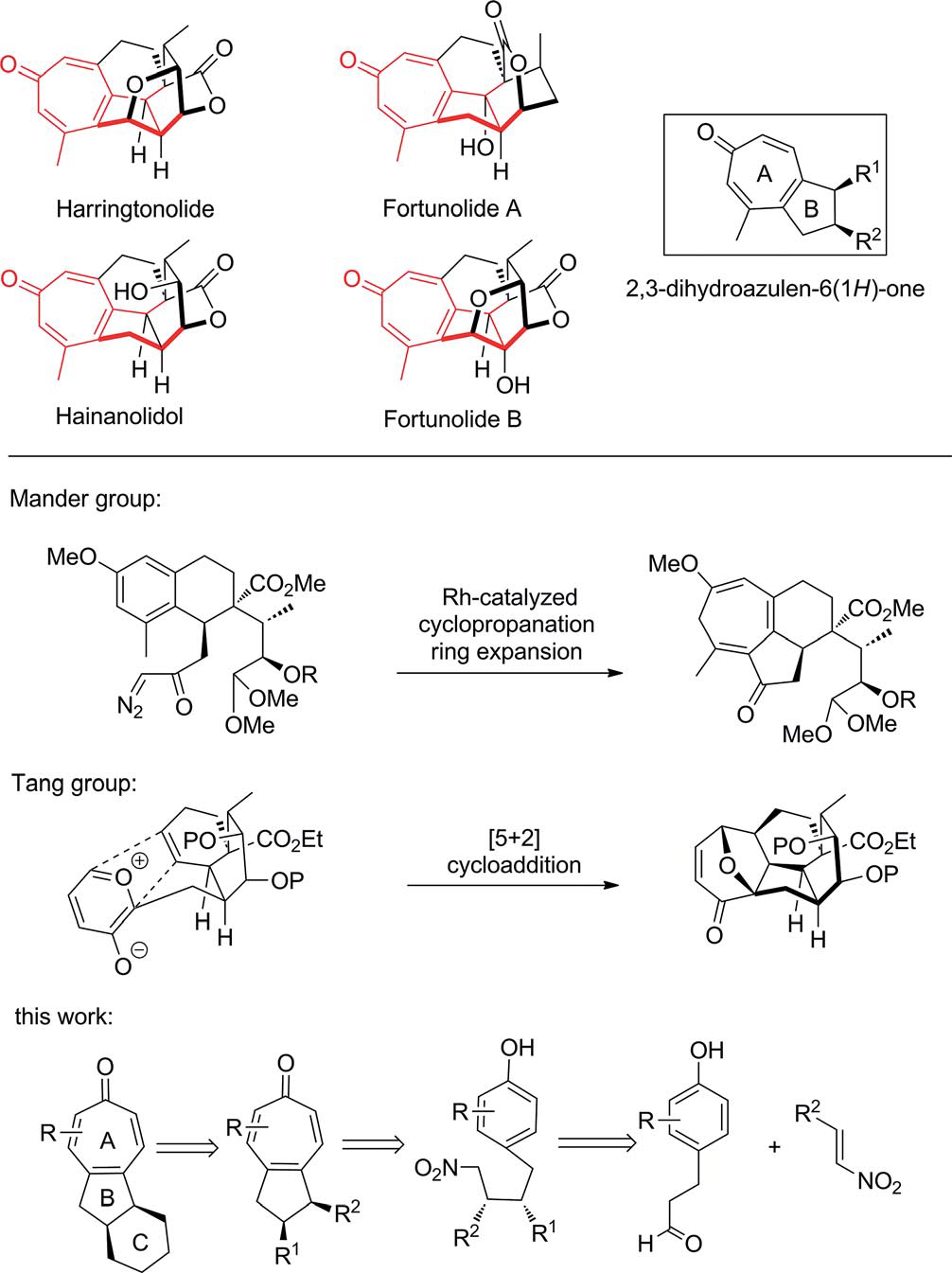
Cephalotaxus norditerpenes and strategies to the core structure: Harringtonolide, Fortunolide A, Fortunolide B, Hainanolide.
CAS number: 6485-40-1
Carvone is a monoterpene ketone contained in the essential oils of several aromatic and medicinal plants of the Lamiaceae and Asteraceae families.

Enantioselective synthesis of α,β-unsaturated aldehyde 1 from (R)-carvone
CAS number: 64890-89-7
Tetrahydropyrimidine is a class of nitrogen-containing heterocycles known for their antibacterial activity.

Synthetic route of tetrahydropyrimidine.
CAS number: 64973-79-1
1,2-Dihydroisoquinoline is an organic compound belonging to the class of aralkylamines. It features a dihydroisoquinoline ring system, meaning the isoquinoline ring is partially reduced, and it has a nitrogen atom at the 2-position. These compounds are known for their instability and difficulty in isolation in a pure state.
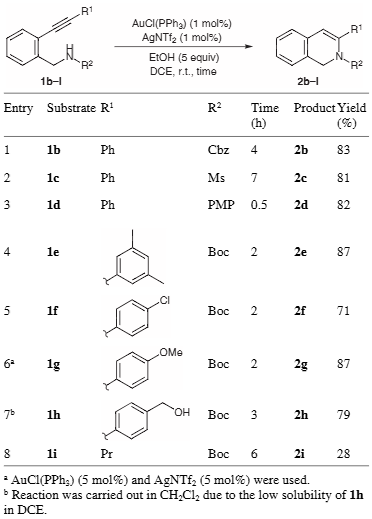
Synthesis of 1,2-Dihydroisoquinolines through Hydroamination
CAS number: 65-49-6
4-Amino-2-hydroxybenzoic acid, also known as 4-aminosalicylic acid, is an aminobenzoic acid that is salicylic acid substituted by an amino group at position 4. It has a role as an antitubercular agent. It is an aminobenzoic acid and a member of phenols. It is functionally related to a salicylic acid. It is a conjugate acid of a 4-aminosalicylate(1-).
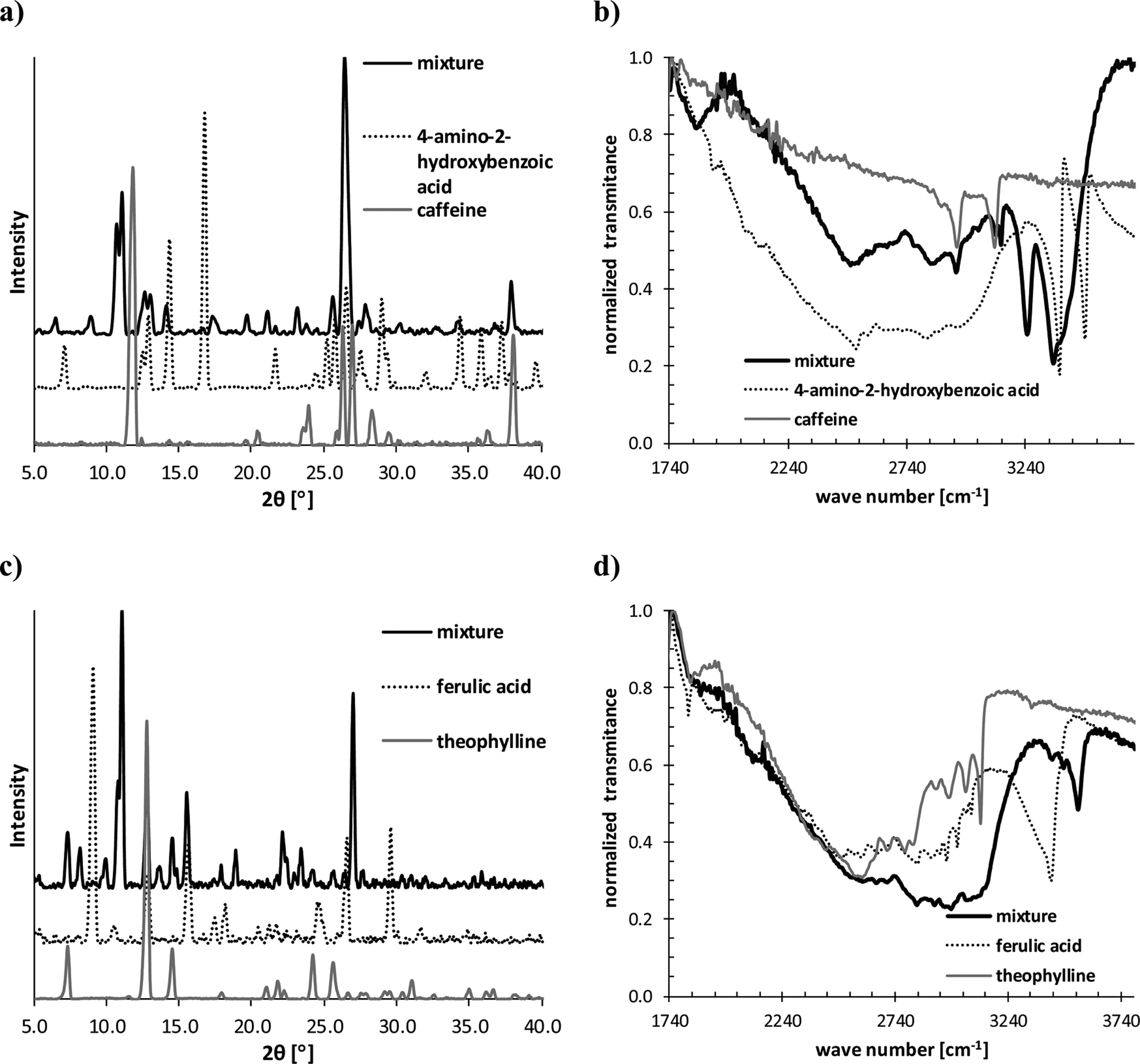
PXRD and FTIR spectra recorded for 1:1 caffeine/4-amino-2-hydroxybenzoic acid mixture (a, b) and 1:1 theophylline/ferulic acid mixture (c, d) obtained via liquid-assisted grinding.
CAS number: 65-85-0
Benzoic acid is a compound comprising a benzene ring core carrying a carboxylic acid substituent. It has a role as an antimicrobial food preservative, an EC 3.1.1.3 (triacylglycerol lipase) inhibitor, an EC 1.13.11.33 (arachidonate 15-lipoxygenase) inhibitor, a plant metabolite, a human xenobiotic metabolite, an algal metabolite and a drug allergen. It is a conjugate acid of a benzoate.

Synthesis of Neopeltolide Analogs
CAS number: 6549-68-4
A class of dibenzylbutane derivatives which occurs in higher plants and in fluids (bile, serum, urine, etc.) in man and other animals. These compounds, which have a potential anti-cancer role, can be synthesized in vitro by human fecal flora. (From Singleton and Sainsbury, Dictionary of Microbiology and Molecular Biology, 2d ed)
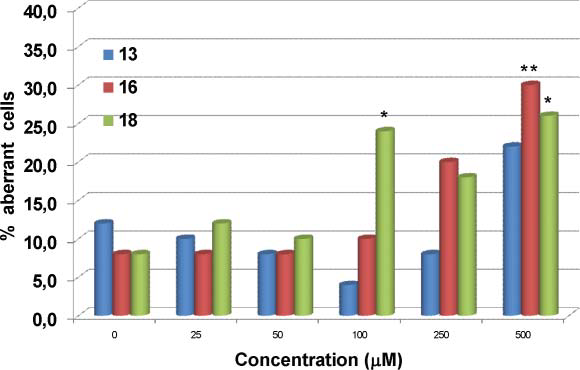
Frequency of aberration-bearing cells induced by the lignan lariciresinolo 13 and their catechol and acetylated catehcol derivatives 16 and 18 respectively in V79 cells in vitro.
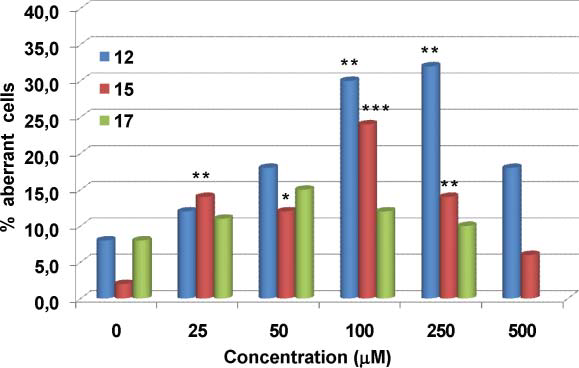
Frequency of aberration-bearing cells induced by the lignan α-conidendrin 12, its catechol derivative 15 and its acetylated catechol derivative 17 in V79 cells in vitro.
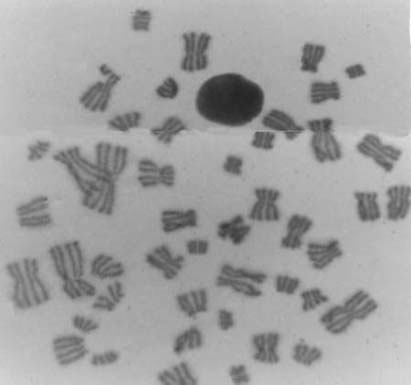
Endoreduplicated cell from a V79 cell line treated with the catechol derivative 15 of lignan a-conidendrin at 500 mM.